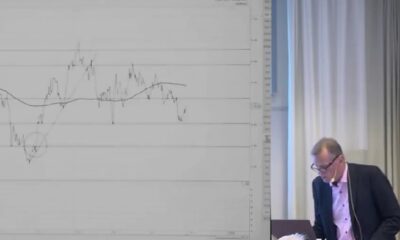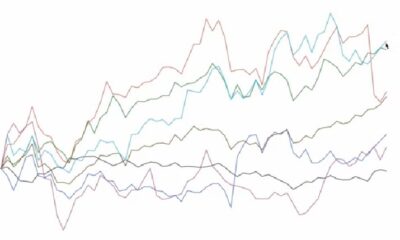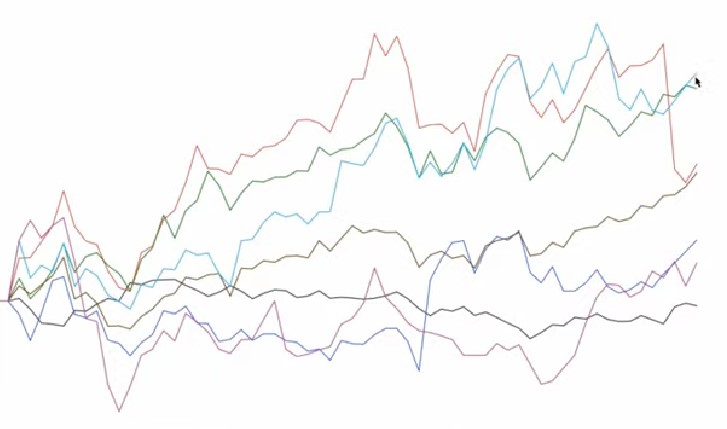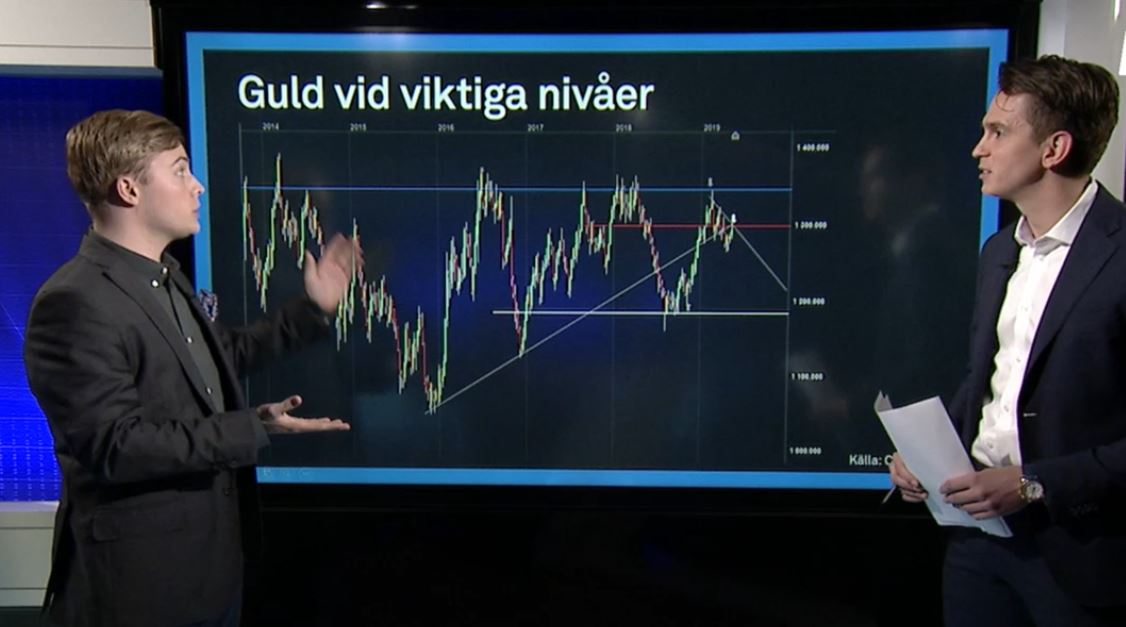Analys från DailyFX
Euro Lacks Direction amid Improved Labor Data; GBP Best in August
Talking Points
- Japanese Yen gains on week but key crosses (AUDJPY, EURJPY, USDJPY) steady despite broader global shift to “safer” assets.
- British Pound closing out August as top performer – best single monthly performance for GBPUSD since March 2013.
- Euro continuing to struggle to gain ground amid signs of a credit crunch.
INTRADAY PERFORMANCE UPDATE: 09:55 GMT
Dow Jones FXCM Dollar Index (Ticker: USDOLLAR): -0.02% (+0.46%prior 5-days)
ASIA/EUROPE FOREX NEWS WRAP
August is coming to a close and it hasn’t been a pretty go of things for risk-seeking investors. As it stands, the SP 500 is on pace to have lost around -2.8% since the start of the month, despite setting a new all-time nominal high in the first week just short of 1710.
Indeed, it was a bad month for global equity investors especially, considering that several emerging market stock exchanges lost upwards of -6%. If there was one region of the world that was relatively unaffected by global turmoil, it was Europe.
In fact, Europe became a bit of a safe haven during August, with the British Pound emerging as the top global performer. These capital inflows are purely a function of the near-term economic upswing the entire European continent has seen in recent weeks; and as long as data remains on the firm side, we should expect to see the European currencies remain supported against their high yielding counterparts going forward.
It remains a mystery, then, why the Euro has failed to gain traction against the US Dollar in recent weeks. Today would be a prime example: data emerges that Unemployment Rates are starting to drop (especially in Italy, down -0.2% to 12.0%) yet the Euro can’t rally. Psychologically, the Euro’s luck may be running out of especially if data turns lower in September – and a ‘Septaper’ could exacerbate recently calm credit markets.
Taking a look at European credit, improved data out of the broader region as well as Italy and Spain have yields holding relatively steady on Friday. The Italian 2-year note yield has decreased to 1.953% (-0.1-bps) while the Spanish 2-year note yield has increased to 1.817% (+1.4-bps). Similarly, the Italian 10-year note yield has increased to 4.382% (+1.6-bps) while the Spanish 10-year note yield has increased to 4.523% (+0.5-bps); higher yields imply lower prices.
EURUSD 5-minute Chart: August 30, 2013 Intraday

Read more: US Dollar Continues Climb amid Emerging Markets Rebound; Yields Up
ECONOMIC CALENDAR – UPCOMING NORTH AMERICAN SESSION

See the DailyFX Economic Calendar for a full list, timetable, and consensus forecasts for upcoming economic indicators. Want the forecasts to appear right on your charts? Download the DailyFX News App.
— Written by Christopher Vecchio, Currency Analyst
To contact Christopher Vecchio, e-mail cvecchio@dailyfx.com
Follow him on Twitter at @CVecchioFX
To be added to Christopher’s e-mail distribution list, please fill out this form
Analys från DailyFX
EURUSD Weekly Technical Analysis: New Month, More Weakness
What’s inside:
- EURUSD broke the ‘neckline’ of a bearish ‘head-and-shoulders’ pattern, April trend-line
- Resistance in vicinity of 11825/80 likely to keep a lid on further strength
- Targeting the low to mid-11600s with more selling
Confidence is essential to successful trading, see this new guide – ’Building Confidence in Trading’.
Coming into last week we pointed out the likelihood of finally seeing a resolution of the range EURUSD had been stuck in for the past few weeks, and one of the outcomes we made note of as a possibility was for the triggering of a ’head-and-shoulders’ pattern. Indeed, we saw a break of the ’neckline’ along with a drop below the April trend-line. This led to decent selling before a minor bounce took shape during the latter part of last week.
Looking ahead to next week the euro is set up for further losses as the path of least resistance has turned lower. Looking to a capper on any further strength there is resistance in the 11825-11880 area (old support becomes new resistance). As long as the euro stays below this area a downward bias will remain firmly intact.
Looking lower towards support eyes will be on the August low at 11662 and the 2016 high of 11616, of which the latter just happens to align almost precisely with the measured move target of the ‘head-and-shoulders’ pattern (determined by subtracting the height of the pattern from the neckline).
Bottom line: Shorts look set to have the upperhand as a fresh month gets underway as long as the euro remains capped by resistance. On weakness, we’ll be watching how the euro responds to a drop into support levels.
For a longer-term outlook on EURUSD, check out the just released Q4 Forecast.
EURUSD: Daily
—Written by Paul Robinson, Market Analyst
You can receive Paul’s analysis directly via email bysigning up here.
You can follow Paul on Twitter at@PaulRobinonFX.
Analys från DailyFX
Euro Bias Mixed Heading into October, Q4’17

Why and how do we use IG Client Sentiment in trading? See our guide and real-time data.
EURUSD: Retail trader data shows 37.3% of traders are net-long with the ratio of traders short to long at 1.68 to 1. In fact, traders have remained net-short since Apr 18 when EURUSD traded near 1.07831; price has moved 9.6% higher since then. The number of traders net-long is 15.4% lower than yesterday and 16.4% higher from last week, while the number of traders net-short is 0.4% higher than yesterday and 10.5% lower from last week.
We typically take a contrarian view to crowd sentiment, and the fact traders are net-short suggests EURUSD prices may continue to rise. Positioning is more net-short than yesterday but less net-short from last week. The combination of current sentiment and recent changes gives us a further mixed EURUSD trading bias.
— Written by Christopher Vecchio, CFA, Senior Currency Strategist
To contact Christopher Vecchio, e-mail cvecchio@dailyfx.com
Follow him on Twitter at @CVecchioFX
To be added to Christopher’s e-mail distribution list, please fill out this form
Analys från DailyFX
British Pound Reversal Potential Persists Heading into New Quarter

Why and how do we use IG Client Sentiment in trading? See our guide and real-time data.
GBPUSD: Retail trader data shows 38.2% of traders are net-long with the ratio of traders short to long at 1.62 to 1. In fact, traders have remained net-short since Sep 05 when GBPUSD traded near 1.29615; price has moved 3.4% higher since then. The number of traders net-long is 0.1% higher than yesterday and 13.4% higher from last week, while the number of traders net-short is 10.6% lower than yesterday and 18.3% lower from last week.
We typically take a contrarian view to crowd sentiment, and the fact traders are net-short suggests GBPUSD prices may continue to rise. Yet traders are less net-short than yesterday and compared with last week. Recent changes in sentiment warn that the current GBPUSD price trend may soon reverse lower despite the fact traders remain net-short.
— Written by Christopher Vecchio, CFA, Senior Currency Strategist
To contact Christopher Vecchio, e-mail cvecchio@dailyfx.com
Follow him on Twitter at @CVecchioFX
To be added to Christopher’s e-mail distribution list, please fill out this form
-
Analys från DailyFX10 år ago
EUR/USD Flirts with Monthly Close Under 30 Year Trendline
-
Marknadsnyheter5 år ago
BrainCool AB (publ): erhåller bidrag (grant) om 0,9 MSEK från Vinnova för bolagets projekt inom behandling av covid-19 patienter med hög feber
-

 Marknadsnyheter3 år ago
Marknadsnyheter3 år agoUpptäck de bästa verktygen för att analysera Bitcoin!
-
Analys från DailyFX12 år ago
Japanese Yen Breakout or Fakeout? ZAR/JPY May Provide the Answer
-

 Marknadsnyheter2 år ago
Marknadsnyheter2 år agoDärför föredrar svenska spelare att spela via mobiltelefonen
-
Analys från DailyFX12 år ago
Price & Time: Key Levels to Watch in the Aftermath of NFP
-
Analys från DailyFX8 år ago
Gold Prices Falter at Resistance: Is the Bullish Run Finished?
-
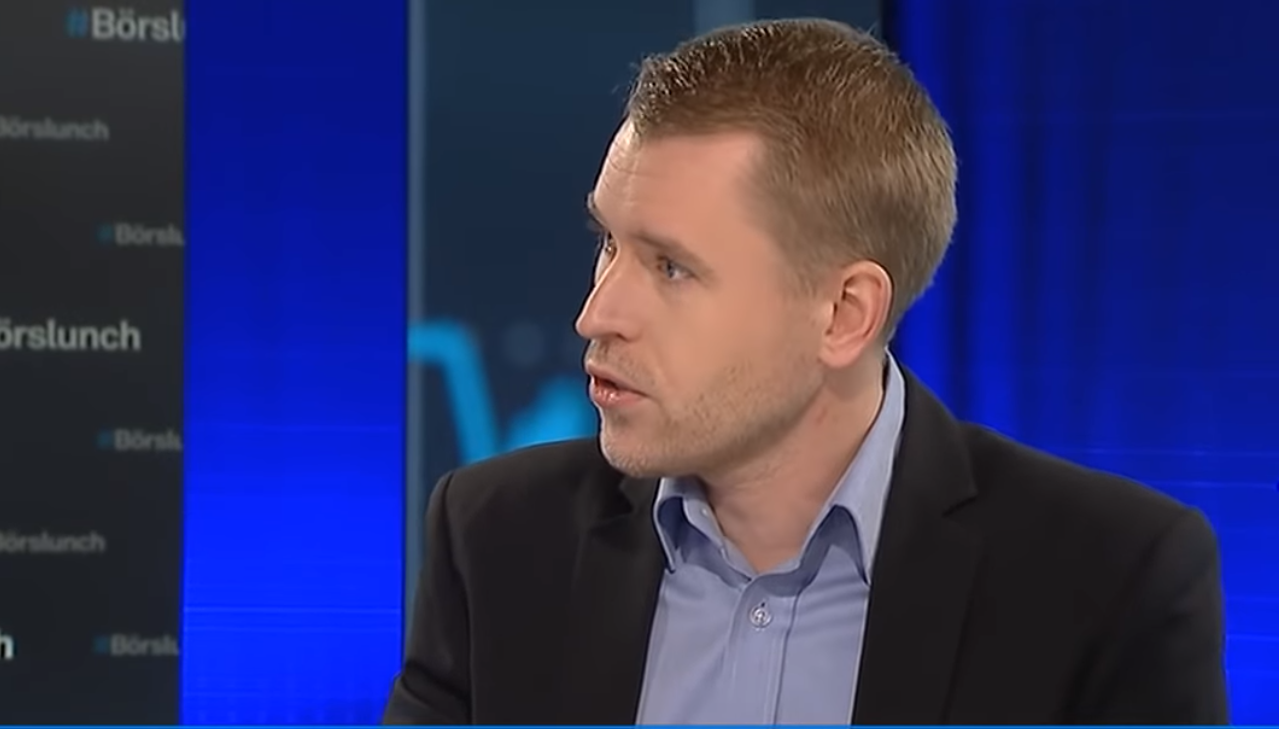
 Nyheter7 år ago
Nyheter7 år agoTeknisk analys med Martin Hallström och Nils Brobacke


